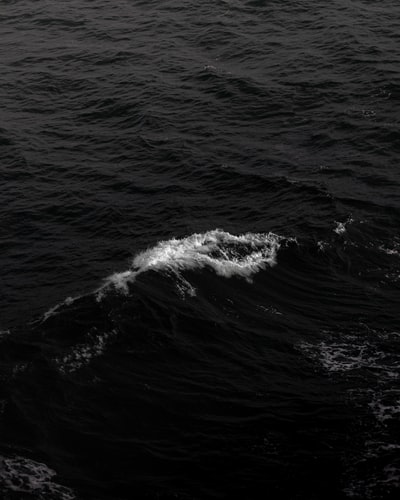The world’s oceans have seen record levels of greenhouse gas emissions and the ocean is getting increasingly acidic.
Now, there’s a new threat: Overfishing.
The United States and its allies are battling the spread of the world’s deadliest invasive fish, the yellowfin tuna, to feed the global population.
The fish have been eating through oceans in Asia, South America, and Africa.
They’re also causing widespread destruction of fish populations in other countries and destroying fisheries and the food chain.
For example, the Japanese tuna fishery is being wiped out in part by the fish, which is also the reason the Japanese government is now requiring that all Japanese fishermen wear a tracking collar to ensure they catch the fish.
And the U.S. Navy is testing new fish-tracking devices on boats, but they’re just a fraction of what is needed to track all the world over.
The catch of tuna in the U-channel in Japan is now below the global average, according to a report from the U,S.
Fish and Wildlife Service.
The U-channels are deep, shallow water in the Pacific and the Gulf of Mexico.
It’s a vast, deep ocean.
The waters of the U are also a major fishing area for fish and other species.
The U-Channel is now one of the most polluted waterways in the world, according the U., and many of the fish species there have become resistant to the toxins from the pollution.
The Japanese government has a program called the Global Sustainability Program to clean up the Uchis.
But the program is running out of money.
It has set up a $2 million fund to cover the costs of the monitoring devices and the fish tracking devices, as well as to pay for other things, such as boats to track fish.
In the meantime, the U has set a goal to catch 100,000 tons of tuna this year, a target that is being met by Japanese and American trawlers.
The Japan-based tuna company, Hokkaido-based Toho Marine, is also working on a tuna catch quota program that could put the catch to more use.
But it’s only a part of the effort.
The problem is that the tuna is becoming so hard to catch that they’re already losing money, according Mark Mazzocchi, an analyst with the International Trade Union Confederation.
Mazzocchia said that for a country like Japan, which imports 80 percent of its fish, that means the tuna industry is going to lose billions of dollars.
In fact, Japan is on pace to lose more than $1 billion this year because of the tuna issue.
Maggie Williams, director of the International Research Program at the Center for Science and International Security, said that if you’re trying to keep a lid on CO2 emissions, the tuna trade is a major concern.
In 2012, the United States imported $2.4 billion worth of tuna from Japan.
That’s about 10 percent of the total annual trade in the region.
Williams said that when we look at the tuna market and the environmental consequences, there are a lot of other things we should be doing to address the problem.
For example, there is a need for cleaner tuna, and the tuna fishers are doing a lot to clean their own boats.
But, Williams added, we’re seeing a lot more of this in the fish business.
She said that the U is on track to lose as much as $7 billion in 2016 alone because of pollution and tuna, as we’ve seen in the past.
That’s why I think we’re going to see more tuna fishing in the future.
We are going to be exporting more of our fish.





